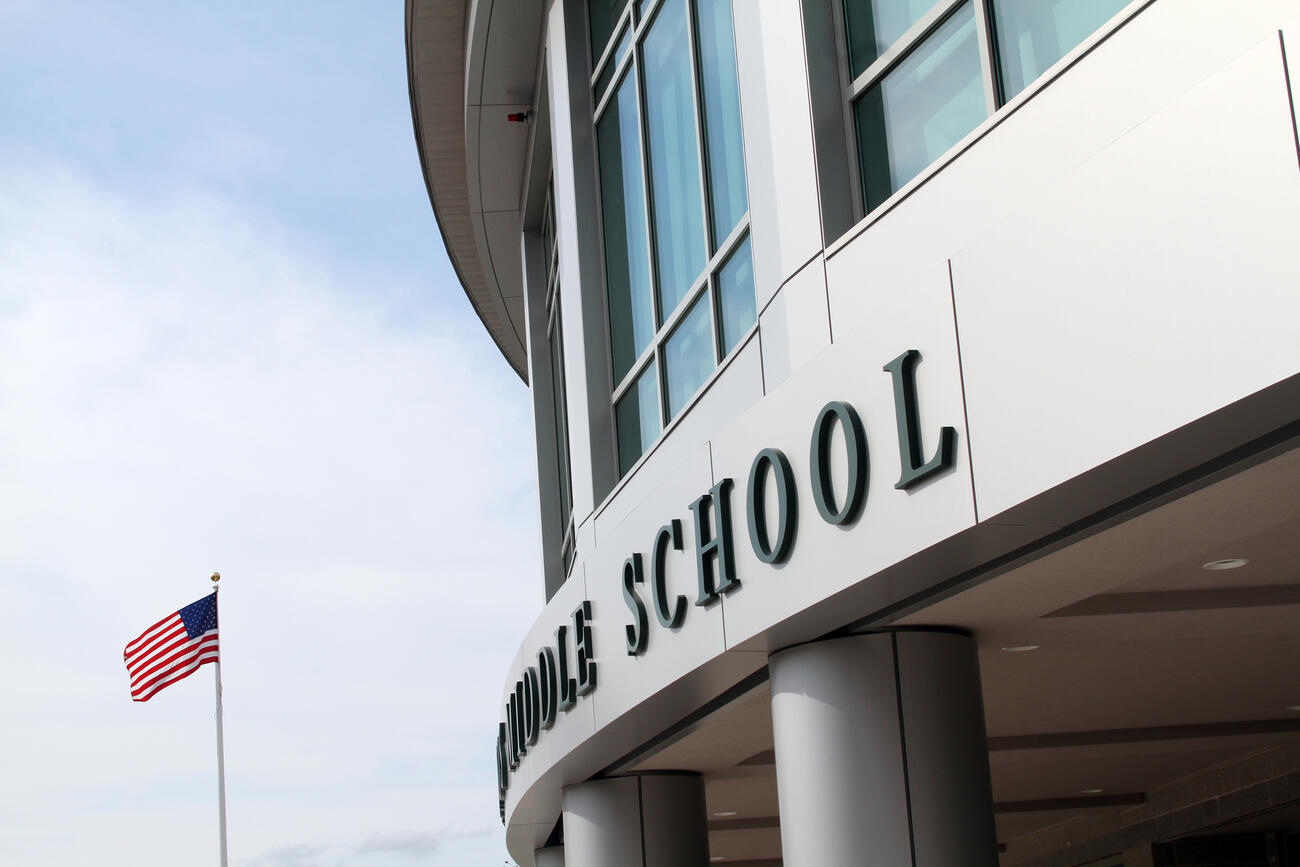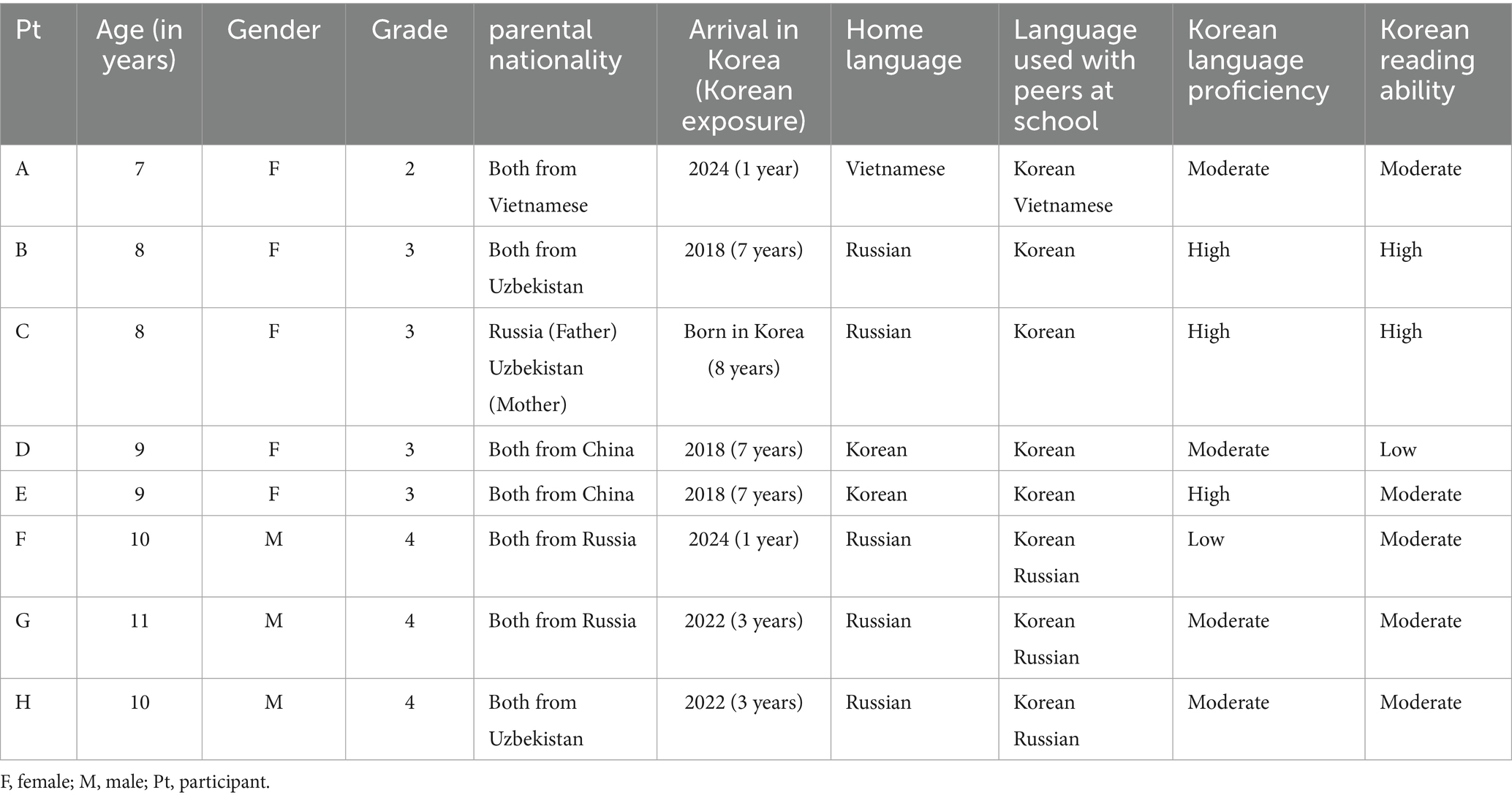Report on the State of Iran’s Education System in Relation to Sustainable Development Goals (SDGs)
Executive Summary
This report analyzes the condition of the Iranian education system, highlighting significant challenges that conflict with the United Nations Sustainable Development Goals (SDGs). Based on recent data from state-run media, the system is failing to provide quality education, ensure student well-being, and prepare graduates for productive employment. These failures directly undermine progress on SDG 3 (Good Health and Well-being), SDG 4 (Quality Education), SDG 8 (Decent Work and Economic Growth), and SDG 10 (Reduced Inequalities).
SDG 3: Good Health and Well-being
A severe mental health crisis among students indicates a failure to meet the targets of SDG 3. The educational environment appears to be a significant contributor to poor mental health outcomes.
- Approximately 43% of the nation’s 16.5 million students reportedly suffer from depression.
- The severity of depression among the student population is broken down as follows:
- 19% suffer from mild depression.
- 30% suffer from moderate depression.
- 16% suffer from severe depression.
- Primary causes cited for this crisis include academic pressure, corporal punishment, and an insufficient number of school counselors.
SDG 4 (Quality Education) and SDG 10 (Reduced Inequalities)
The system exhibits profound issues related to access, equity, and quality, directly contravening the principles of SDG 4 and SDG 10.
- Overcrowding: At the elementary level, 7,700 classes are reported to have more than 40 students, compromising the quality of instruction.
- Inequality: A significant gap exists between public and private education. Private school tuition fees can reach up to 200 million tomans, making quality education a luxury commodity and exacerbating inequalities.
SDG 8: Decent Work and Economic Growth
The education system is failing to align with the goals of SDG 8, as evidenced by high rates of unemployment among educated individuals.
- An estimated 40% of Iran’s total unemployed population consists of university graduates.
- This statistic indicates a critical disconnect between the skills provided by the educational system and the demands of the national labor market, hindering productive employment and economic growth.
SDG 16: Peace, Justice and Strong Institutions
The report from the National Council of Resistance of Iran (NCRI) suggests that the institutional framework of the education system is being misused, undermining the principles of SDG 16.
- There are allegations of students being used instrumentally to populate government ceremonies, rather than being educated in an environment of freedom and dignity.
- The NCRI’s Education Committee calls for protests against these policies and urges international bodies, including UNESCO and UNICEF, to condemn the regime’s actions and advocate for an educational system based on human dignity.
Analysis of Sustainable Development Goals in the Article
1. Which SDGs are addressed or connected to the issues highlighted in the article?
The article on Iran’s education system highlights several critical issues that directly connect to multiple Sustainable Development Goals (SDGs). The analysis reveals links to the following goals:
- SDG 3: Good Health and Well-being: The article’s central focus on the high prevalence of depression among students and mentions of suicide directly relate to mental health and well-being.
- SDG 4: Quality Education: The entire article is a critique of the education system, touching upon issues of quality, equity, safety, and learning outcomes. It discusses overcrowded classrooms, prohibitive tuition fees, and a curriculum that fails to prepare students for the future.
- SDG 8: Decent Work and Economic Growth: The high unemployment rate among university graduates is a key issue discussed, linking the failures of the education system to economic outcomes and youth employment.
- SDG 10: Reduced Inequalities: The article points to a significant gap between expensive private schools for the elite and under-resourced public schools, highlighting inequality in access to quality education.
- SDG 16: Peace, Justice and Strong Institutions: The mention of corporal punishment, the exploitation of students for political purposes, and their historical use in war all relate to the protection of children from violence, abuse, and exploitation.
2. What specific targets under those SDGs can be identified based on the article’s content?
Based on the issues raised in the article, several specific SDG targets can be identified as being directly relevant:
-
SDG 3: Good Health and Well-being
- Target 3.4: “By 2030, reduce by one third premature mortality from non-communicable diseases through prevention and treatment and promote mental health and well-being.” The article’s report that “43% of 16.5 million students suffer from depression” and the mention of “heartbreaking deaths of students from strokes and suicides” directly address the need to promote mental health and well-being among young people.
-
SDG 4: Quality Education
- Target 4.1: “By 2030, ensure that all girls and boys complete free, equitable and quality primary and secondary education…” The article challenges this by describing education as a “luxury commodity” with high tuition fees and highlighting poor quality through “7,700 classes with more than 40 students.”
- Target 4.5: “By 2030, eliminate… disparities in education and ensure equal access to all levels of education…” The stark contrast between private schools with “tuition fees of up to approximately 200 million tomans” and overcrowded public schools points to a failure to ensure equal access.
- Target 4.a: “Build and upgrade education facilities… and provide safe, non-violent, inclusive and effective learning environments for all.” The article identifies “corporal punishment” and a “lack of counselors in schools” as key problems, indicating that learning environments are not safe or supportive.
-
SDG 8: Decent Work and Economic Growth
- Target 8.6: “By 2020, substantially reduce the proportion of youth not in employment, education or training.” The statistic that “approximately 40% of the country’s total unemployed population consists of university graduates” shows a direct failure to meet this target, indicating a severe disconnect between the education system and the labor market.
-
SDG 16: Peace, Justice and Strong Institutions
- Target 16.2: “End abuse, exploitation, trafficking and all forms of violence against and torture of children.” The mention of “corporal punishment” is a form of violence against children. Furthermore, using students to “fill government ceremonies” and the historical fact that “36,000 students were killed” in war can be classified as exploitation and abuse by state institutions.
3. Are there any indicators mentioned or implied in the article that can be used to measure progress towards the identified targets?
The article provides several explicit statistics and qualitative descriptions that can serve as indicators to measure the status of these targets:
- For Target 3.4 (Mental Health):
- Indicator: Prevalence of depression among the student population. The article explicitly states this is “nearly 43%.”
- Indicator: Suicide mortality rate among students. The article implies this is a significant issue by mentioning “heartbreaking deaths of students from… suicides.”
- For Target 4.1 & 4.a (Education Quality & Environment):
- Indicator: Proportion of schools with a high student-to-teacher ratio or overcrowding. The article provides a specific number: “7,700 classes with more than 40 students.”
- Indicator: Prevalence of corporal punishment. This is mentioned as one of the “main causes” of student depression.
- Indicator: Availability of psycho-social support in schools. The “lack of counselors in schools” is cited as a key failure.
- For Target 4.5 (Education Equality):
- Indicator: Education expenditure per student, differentiated by public and private institutions. The mention of “tuition fees of up to approximately 200 million tomans” in private schools serves as a proxy for the vast inequality in educational investment.
- For Target 8.6 (Youth Employment):
- Indicator: Unemployment rate among the youth/graduate population. The article provides a clear figure: “approximately 40% of the country’s total unemployed population consists of university graduates.”
- For Target 16.2 (Child Protection):
- Indicator: Number of children killed in armed conflict. The article gives a historical figure: “During the 8-year war, 36,000 students were killed.”
- Indicator: Reports of child exploitation for political purposes. The statement about using students to “fill the void” in ceremonies serves as a qualitative indicator of this practice.
4. Summary Table of SDGs, Targets, and Indicators
| SDGs | Targets | Indicators Identified in the Article |
|---|---|---|
| SDG 3: Good Health and Well-being | 3.4: Promote mental health and well-being. |
|
| SDG 4: Quality Education | 4.1: Ensure free, equitable, and quality primary and secondary education. |
|
| 4.5: Ensure equal access to all levels of education. |
|
|
| 4.a: Provide safe, non-violent, and inclusive learning environments. |
|
|
| SDG 8: Decent Work and Economic Growth | 8.6: Reduce the proportion of youth not in employment, education or training. |
|
| SDG 16: Peace, Justice and Strong Institutions | 16.2: End abuse, exploitation, and all forms of violence against children. |
|
Source: ncr-iran.org







